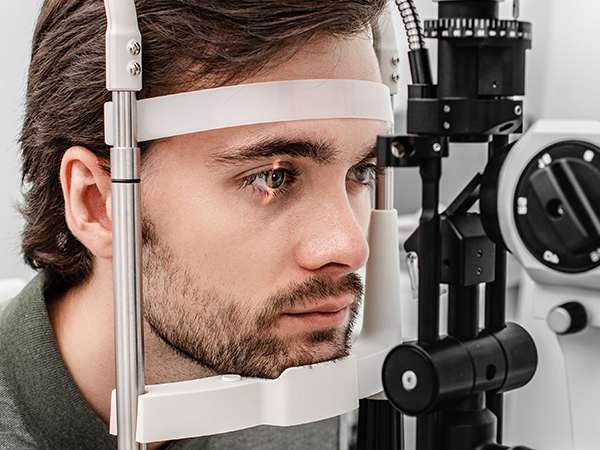
Cataracts are one of the most common causes of blindness in the United States. Worldwide, they account for about 42 percent of all cases of blindness. More than 25 percent of Americans have cataracts, according to studies. Therefore, it is vital to recognize the symptoms and understand various treatment measures as you age.
Cataract Awareness Month
June is Cataract Awareness Month. The campaign aims to promote and provide information about this common eye condition. The fact that cataracts can lead to blindness is scary. However, this condition is treatable through a simple procedure with an almost 95 percent success rate.
What Are Cataracts?
A cataract is a clouding of the normally clear eye’s lens. Most people with cataracts tend to have cloudy vision. It is like looking through a fogged-up or frosty window. That can make it hard to drive a car, read, or see the expressions on people’s faces.
Cataracts tend to develop slowly. Early on, they may not affect one’s vision, but they do so with time. You have a natural lens inside your eye. It refracts or bends light rays to help you see clearly. However, a breakdown of proteins inside your eye’s lens can cause things you look at to appear blurry, less colorful, or hazy.
Types of Cataracts
There are several different types of cataracts. These include:
Nuclear cataracts - These gradually form in the center of the lens
Cortical cataracts - These develop in the eye’s cortex
Posterior subcapsular cataracts - These form inside the capsule of the eye’s lens
Congenital cataracts
Anterior subcapsular cataracts - These form inside the capsule of the lens
Secondary cataracts - These result from other health conditions
Traumatic cataracts - These result from injuries
Radiation cataracts - These result from UV radiation
Symptoms of Cataracts
The first thing you need to understand is that cataracts form slowly. That is why you need to undergo regular or annual comprehensive eye exams. Otherwise, you may not know that they are developing until they start to block light. Some of the signs and symptoms of cataracts include:
Cloudy, filmy, foggy, or blurry vision
Changes in color perception
Myopia, especially in older individuals
Double vision in your affected eye
Difficulties driving at night due to glare from oncoming headlights
A problem with prescription eyewear
Problems with glare while working on your computer and performing other daytime activities
Treatment
The only way to treat cataracts is through surgery. However, you may not need to undergo a surgical procedure right away. That is why you should undergo regular eye exams. Your eye doctor will identify the problem early and recommend the most appropriate intervention or treatment approach.
When diagnosed early, the eye problem might require a new prescription for your eyewear. It can improve your vision for a while. For example, your eye doctor may recommend special eyeglasses with an anti-glare coating to help you drive at night. If you are considering undergoing cataract surgery, learn more about the various procedures available today.
For more on cataracts, visit TMS Eyecare at any of our offices in Wichita or Arkansas City, Kansas. You can call (316) 669-4760, (316) 686-7212, or (620) 442-2577 to schedule an appointment today.




